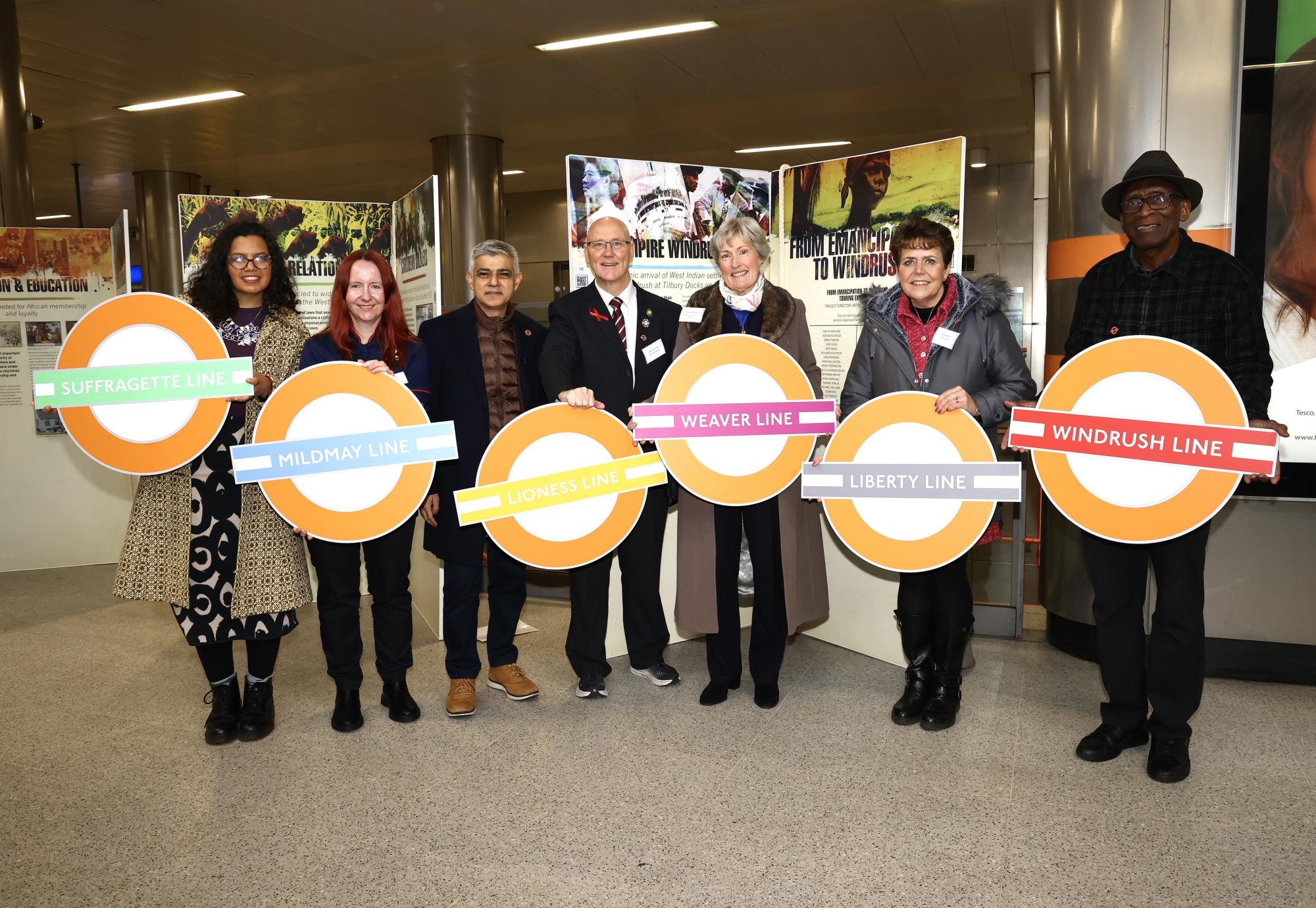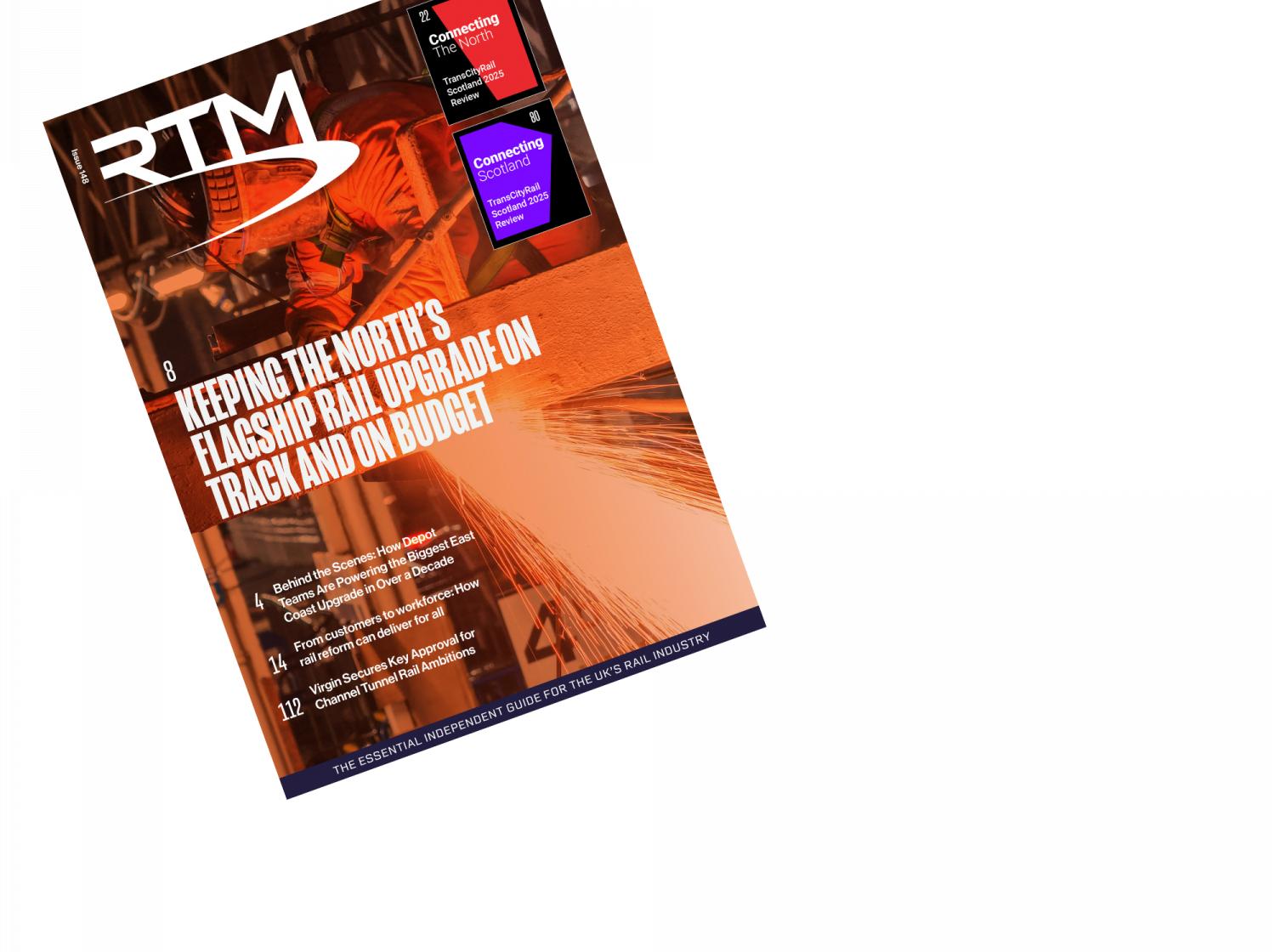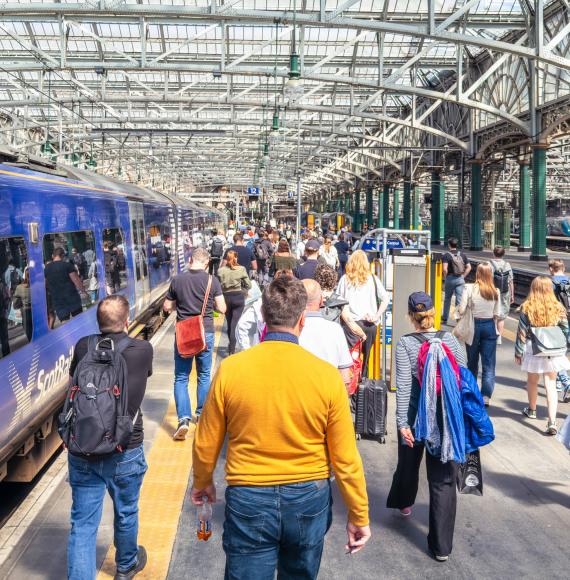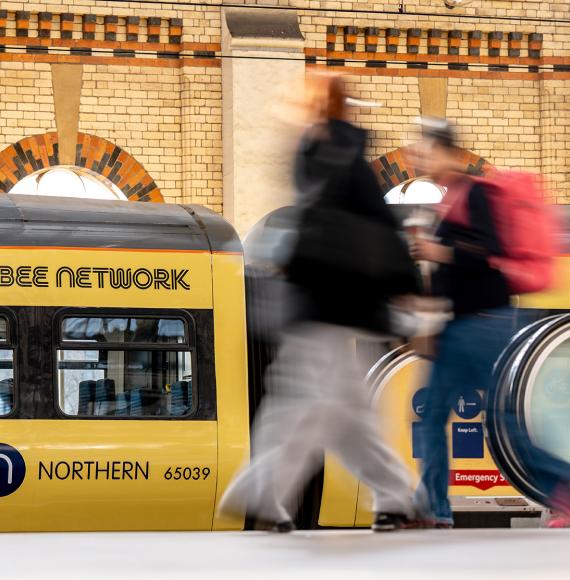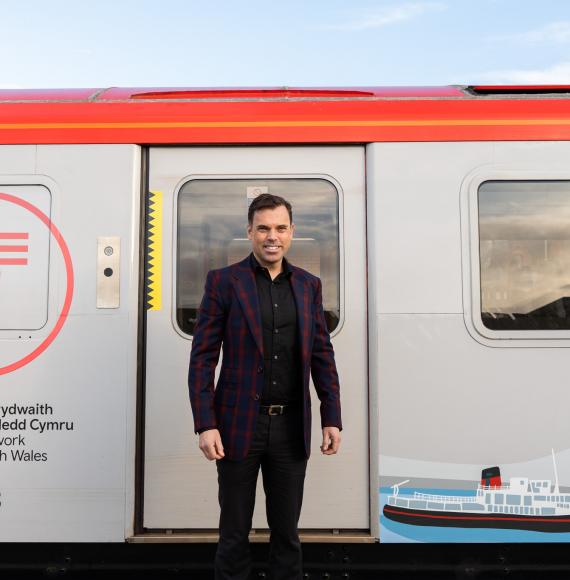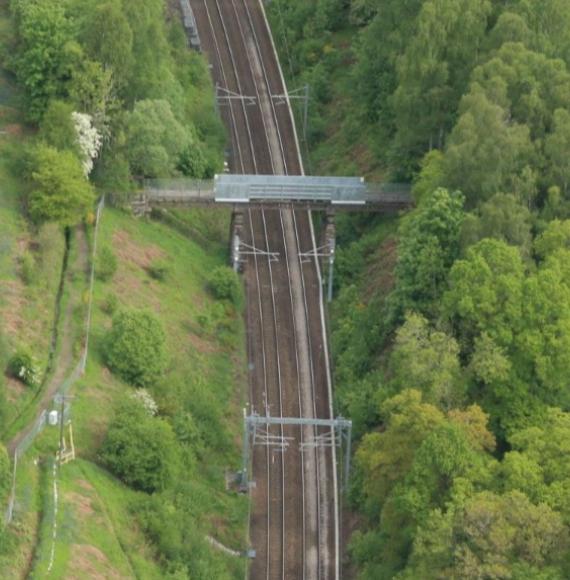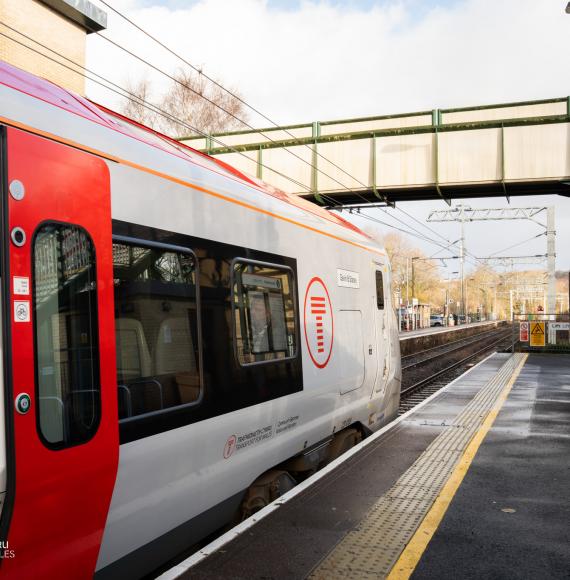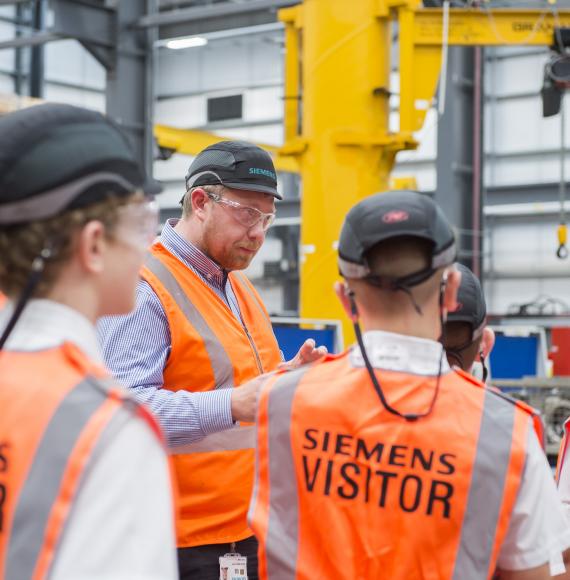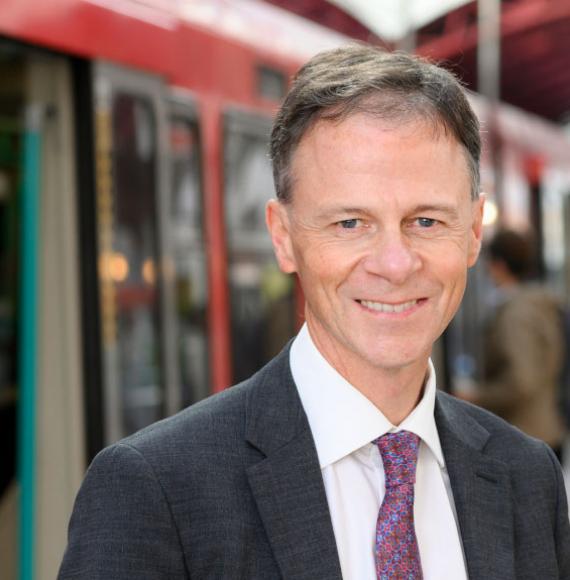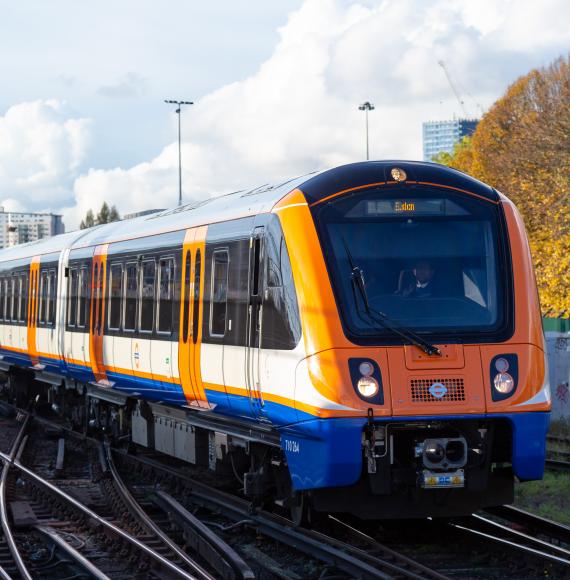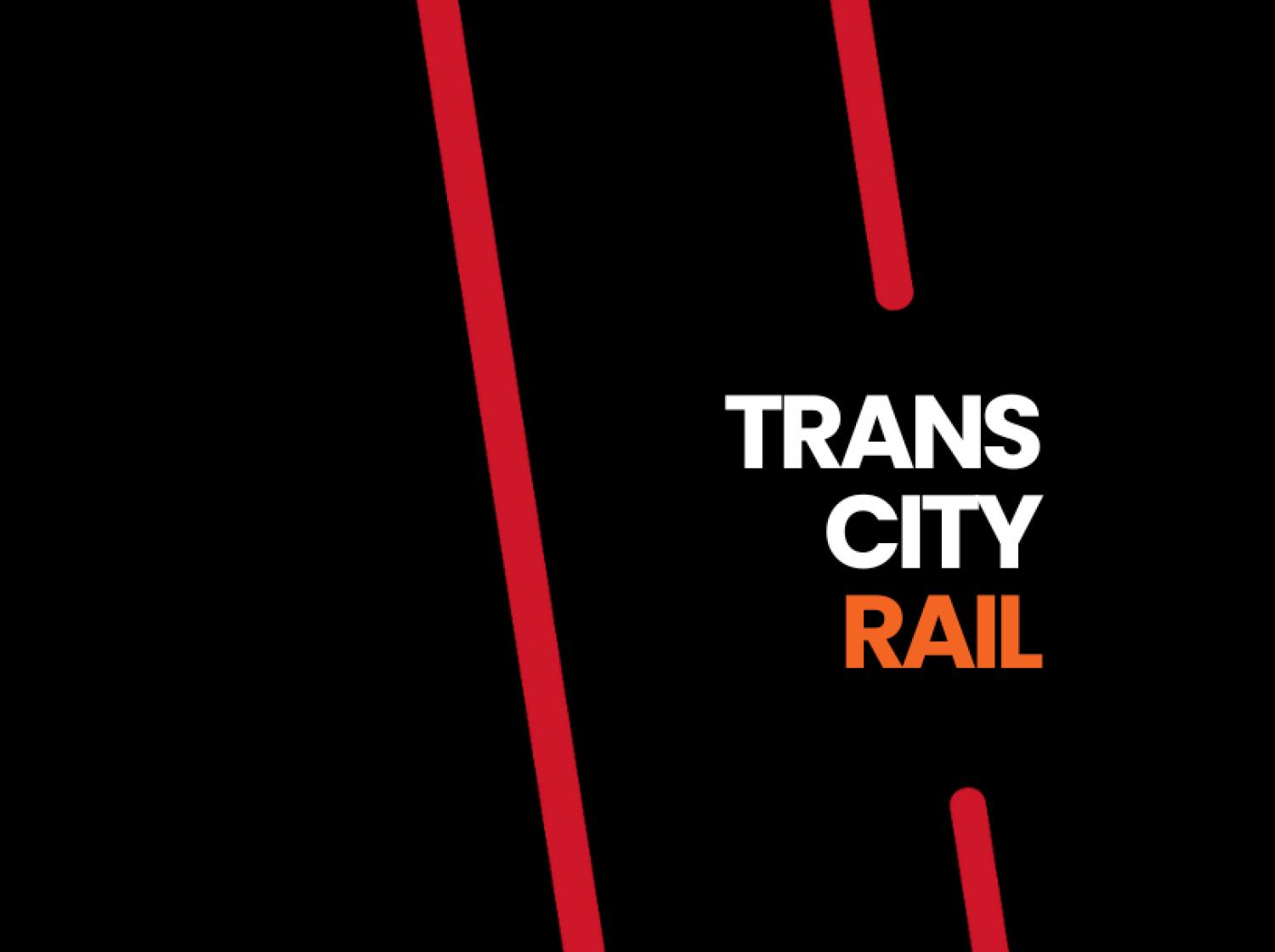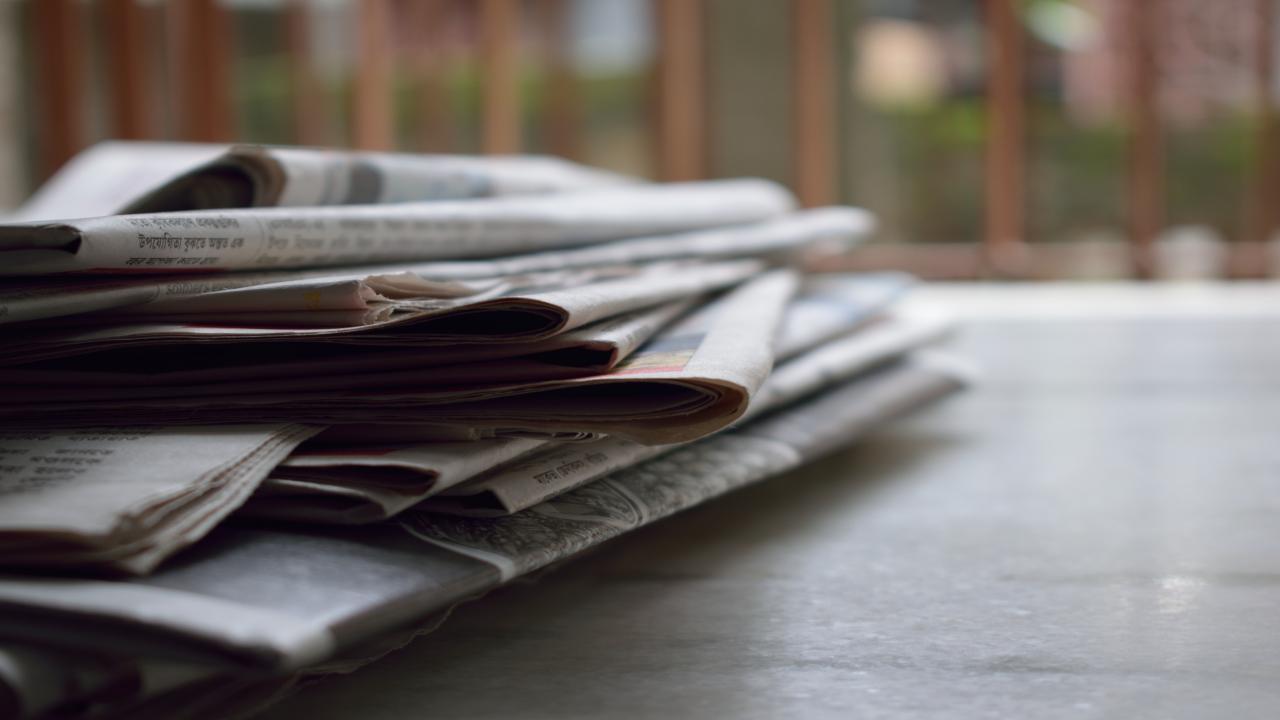The Mayor of London, Sadiq Khan, has visited Dalston Junction station to launch the six new line names and colours being used across the London Overground network. This significant change, which is a major update to London’s world-famous Tube map, will make it easier for customers to navigate London’s transport network, while also celebrating the city’s diverse culture and history.
The event celebrated the near-completion of one of the largest customer-focused projects Transport for London (TfL) has ever undertaken, helping to make the network easier to navigate for millions of customers every year.
Dalston Junction station is served by the newly renamed Windrush line, providing an opportunity to commemorate the contribution of the Windrush generation. The Windrush Foundation is also hosting an exhibition within the station to highlight the journey and stories of the Windrush generation.
The Mayor was joined by special guests with personal connections to the Windrush generation including Levi Roots, who was born in Jamaica and whose parents came to the UK from the Caribbean to build a new life for themselves and help build Britain. Also taking part in today’s celebrations were singer Mica Paris, whose grandparents were proud Jamaicans and came to the UK on the HMT Windrush, and Windrush Foundation CEO Arthur Torrington CBE.
Geoff Coleman from the Mildmay Hospital represented the Mildmay line which honours the small, charitable hospital in Shoreditch that has cared for Londoners over many years. It notably played a pivotal role in the HIV/AIDS crisis in the 1980s, which made it the valued and respected place it is for the LGBTQ+ community.
Rebecca Ridley of the Worshipful Company of Weavers represented the Weaver line which runs through Liverpool Street, Spitalfields, Bethnal Green and Hackney. These areas of London known for their role in the textile trade that was shaped over the centuries by diverse migrant communities and individuals.
Alesha De-Freitas, Head of Policy, Research & Advocacy at the Fawcett Society, represented the Suffragette line honouring the working-class movement in the East End that fought for votes for women and paved the way for women’s rights.
Julie Frost from Havering BID was present for the Liberty line, which celebrates freedom and the historical independence of the people of Havering, the borough through which it runs.
The Lioness line celebrates the historic achievements and lasting legacy created by the England women’s football team that continues to inspire and empower the next generation of women and girls in sport.
An unprecedented mobilisation over the past nine days has seen TfL and its suppliers unveil 6,000 new station wayfinding signs, Tube maps, station digital screens and onboard train information, as well as audio and visual announcements on both London Overground trains and stations. Final touches to the TfL website, TfL Go app and audiovisual passenger information on newer London Overground trains will be completed over the next couple of months.
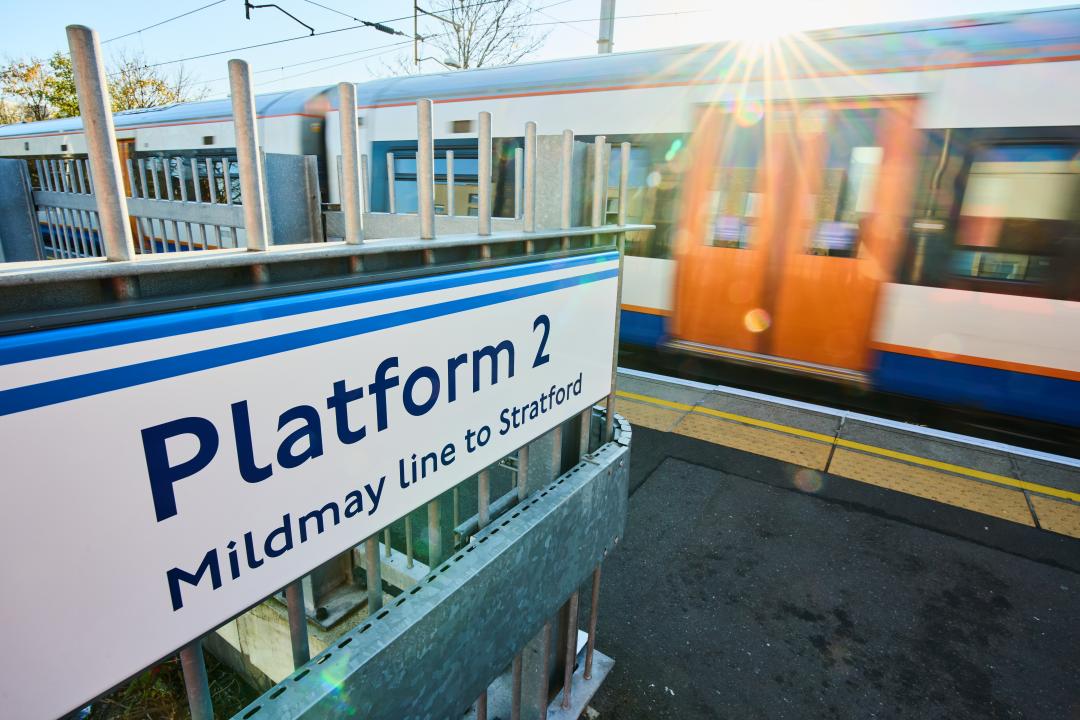
Throughout the summer TfL ran extensive customer engagement to familiarise customers with the new London Overground names and colours. This included the popular ‘Mind the Gap’ podcast series, six walking tours developed with Go Jauntly, a free community weaving event that created a Weaver line roundel and a football festival in Regents Park, as part of the Lioness line celebrations.
The new names and colours are:
- Lioness (running from Watford Junction to Euston) – yellow
- Mildmay (running from Richmond and Clapham Junction to Stratford) - blue
- Windrush (running from Highbury & Islington to New Cross, Clapham Junction, Crystal Palace and West Croydon) – red
- Weaver (running from Liverpool Street to Enfield Town, Cheshunt and Chingford) – maroon
- Suffragette (running from Gospel Oak to Barking Riverside) – green
- Liberty (running from Romford to Upminster) - grey
Stakeholders, customers, staff, historians, industry experts and local communities played a key role in helping inform the names through engagement, which took place ahead of the decision on the final six names. London’s diverse history and culture have always played a significant role in shaping the city, and it was important for the line names, which will be used for years to come, to reflect this.
Image credit: TfL

